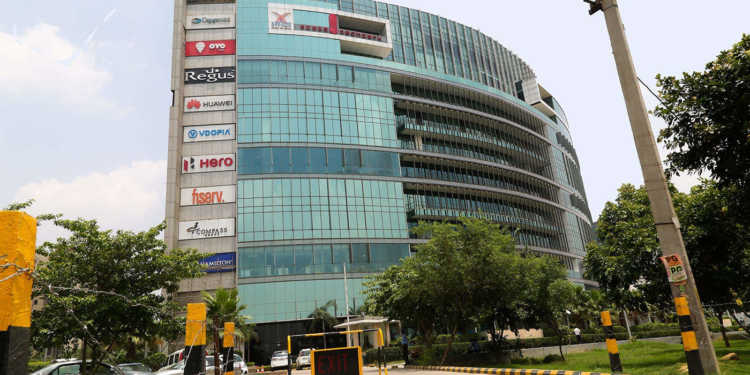The National Capital Region (NCR) has almost one-third of the office space market in the country. NCR encompasses the entire NCT of Delhi and several districts surrounding it from the states of Haryana, Uttar Pradesh, and Rajasthan. It accounts for a major 28 percent of 24 million square office spaces occupied across the country in the first half of 2018. Most of the space was occupied in the cities of Noida and Gurugram which are well-known office destinations. The Office Space Absorption report prepared by real estate researchers Colliers International indicates Gurugram, a real estate hub, recorded the biggest leap among NCR cites by absorbing 3.7million square feet — a 111% rise on a year-on-year basis over the first half of 2017. “Gurugram has already overcome negative market perception, if any, cashing in on its corporate hub tag,” Saurabh Arora, senior associate director (research), Colliers International, said.
Colliers International is a Canada-based global commercial real estate services organization which provides services to commercial real estate users, owners, investors, and developers. They provide consulting, corporate facilities, investment services, landlord and tenant representation, project management, urban planning, property and asset management and valuation and advisory services. According to its report, the office space acquired in first of 2018 is equal to that of Mumbai. Noida also registered 100 percent increase in office space absorption in the first half of 2018, as compared to the corresponding period of 2017. “The reason for Noida’s sudden improvement in office space absorption is the influx of co-working spaces, along with robust road and metro railway infrastructure, which have now become primary growth drivers in the city.” Arora explained. Colliers International’s report puts the figure at 2 million square feet, which is expected to shoot up to 3.5million square feet by the end of the year.
The concentration of office spaces in a few locations like NCR, Mumbai, and Bangalore is not good for the equitable economic development of the country. The second and third-tier cities should develop enough infrastructures to sustain the offices of service sector companies. In Gurugram, technology companies occupied 33 percent of total office space followed by banking, finance, and insurance companies which account 27 percent space. These sectors could be located anywhere in the country as long as there are enough infrastructures to sustain the offices. For technology companies, location hardly matters because as we see outsourcing is the main source of revenue for these companies. They could perform their task irrespective of their location as we see that people sitting in Bangalore do Information Technology (IT) and Call Centre work for people in the United States.
The government should also facilitate the infrastructure development in smaller cities to facilitate the movement of office locations there. The cities like Mumbai and Delhi are outliving their capacity and this is the reason behind the infrastructural chaos in these locations. Mumbai has very little space to accommodate more offices because the property rates in the city could be compared to that of London or New York despite the fact that those cities have far higher per capita income. Mumbai has been long ignored by the central as well as state government on the infrastructure front, the current Fadnavis government has started many upscale infra projects in the city but these projects need to speed up. The central government which collects a large chunk of corporate tax and income tax from Mumbai should also give money to the city for development. But the problem would not be solved there, for equitable growth across the country, the smaller cities must become office destinations.




























